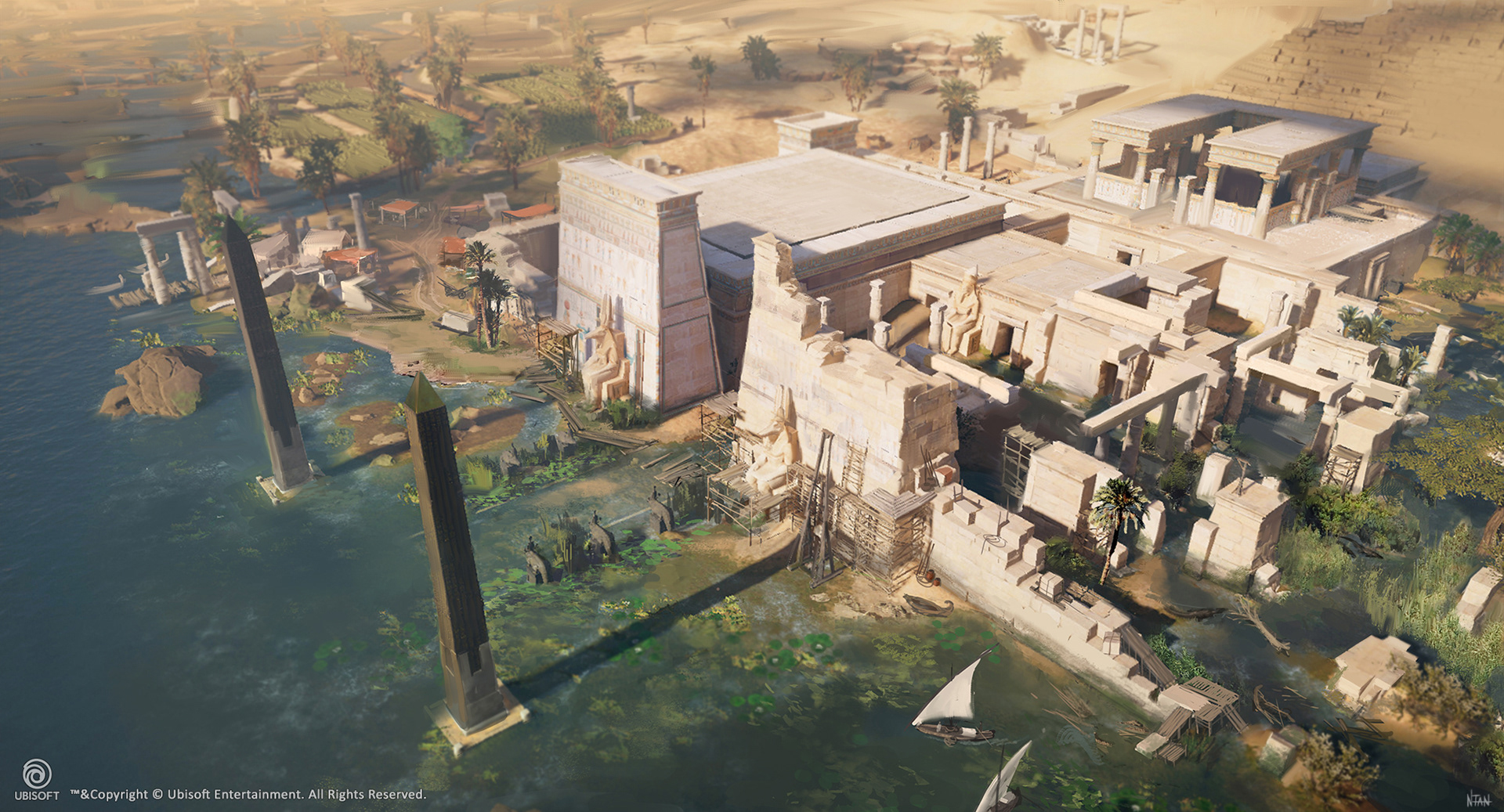Professional Practise 1
Study Task 8: Competition
https://www.animatricks.net/competition/
Animatricks is an animation festival, which hosts a competition looking for films with unique storytelling, character design and style and techniques. A minimum of 70% of the film must be animated.
https://www.ntu.edu.sg/NTUdigitalartprize/Pages/home.aspx
This competition in Singapore is open for international artists and the artwork submitted can be any size, medium and genre, thus animations, concept art and backgrounds can be submitted.
https://aninetfest.com/
Anietfest is a competition festival and although the duedate for submissions have passed, another competition opens for the next festival 20th February 2019
http://www.loopdeloop.org/
Loopdeloop is an international animation challenge, based in Melbourne, Australia. The loopdeloop submission must fit the months' theme and loop.
http://www.11secondclub.com/competitions/current
The 11 Second Club holds monthly competitions, for any medium of animation. The January theme features a transcript, with talking, encouraging people to create character animation. Mediums include CGI, 2D Animation and Stop-Motion
https://careers.blizzard.com/en-us/students/contests
Blizzard have a variety of art competitions, such as for Environment Design, Character Concepts and Animation Contests, with a variety of set themes and designs. These are all Student-catered competitions to help those engage with the professional industry.
I found it difficult to find many competitions which catered towards beginner/amateur animators, or for specific mediums. I think that if I were to take part in an art-based competition, it would have to be a themed one, where any medium was accepted as part of the process.




























